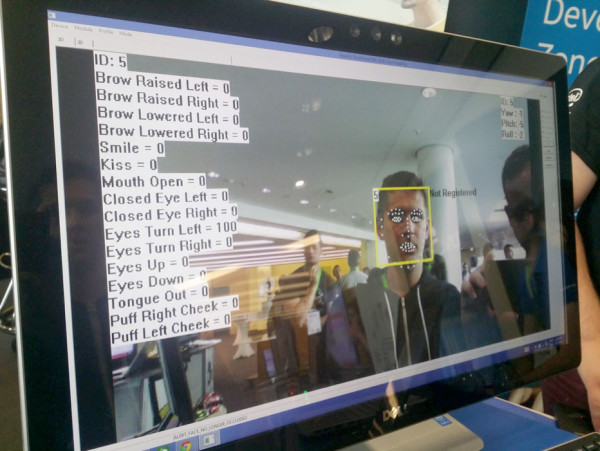Developer Week 2015
“Developer Week” took place at Nuremberg Exhibition Center from June 16 to 18, 2015. The event is a unique training and development show, specifically aimed at .NET, Web, and mobile developers. A total of 200 talks, with 40 topics and 11 parallel workshops, were held over the course of the three-day conference. Top speakers and experts from the relevant specialist fields spoke on the latest modern software development trends. Of particular note here were the Microsoft Tech Truck, Maker Spaces, and Fail Night sessions; further highlights included gesture control with 3D cameras.
For me personally, the most interesting talks were those on performance in general, but also on database-related issues, with the focus on Big Data.
In the following, I’d like to take a brief look at the highlights presented by the relevant exhibitors and representatives.
Augmented Reality (Intel)
US-American chip manufacturer Intel presented a completely new type of digital user interaction here – a 3D camera (Real Sense camera), set to be used in PCs and tablets in the future.
This camera aims to make it possible to identify people on the basis of 100 individual points, 78 of which in the facial area and 22 of which on the palm of the hand. This enables the user to record and analyze the exact gestures and mimics of the person in question. The camera then converts this data, enabling emotions to be recognized and different people to be uniquely identified. It would be possible, for example, to develop an online store that interacts with the relevant user accordingly based on their facial expressions.
This technology also makes it possible to control your computer using hand signals (or similar).
Further details about this are available here.
The image above shows the above-mentioned points in the facial area.
Roboy
Roboy is a robot adapted specifically to the physique of the human body and made up of a multitude of artificial muscles, tendons, and joints. Compared to the human being it is modelled on, the number of these components is, naturally, considerably lower. The robot has been designed to improve our understanding of the human anatomy, but also to drive robotic research in this area.
Polyglot Persistence & Multi-Model Databases – NoSQL ArangoDB
A further interesting talk was on multi-model databases, with the focus on “ArangoDB”. ArangoDB is a document-based database based on the NoSQL schema. NoSQL refers to databases based on the non-relational approach, that is, unlike with relational databases such as MySQL and MSSQL, there is no fixed, predefined structure. With ArangoDB, the emphasis is on performance with large amounts of data (Big Data).
The system combines the following three NoSQL concepts:
- Document database
- Key-value store
- Graph database
The advantages of ArangoDB can be deduced from this: joins, multi-model stores, transactions. The system also demonstrates clear advantages in terms of maintenance and repair too. For example, there is now just one database system that needs to be kept up to date. However, there’s a risk that needs to be weighed up here: any problem with the database instance would affect the entire system.
In addition to the option of storing JavaScript in the database, with “Foxx”, ArangoDB also offers a self-designed API for communicating with the client system on a JavaScript basis.
ArangoDB benchmark: https://www.arangodb.com/category/benchmark/

